1816
400 Hospital Street
Beth Shalome, the oldest Jewish congregation in Virginia, founded the Hebrew Cemetery on Shockoe Hill in 1816. The congregation had outgrown its existing burial ground which remains at its original site near 21st and Franklin Streets in Shockoe Bottom. The new burial ground predates the neighboring Shockoe Hill Cemetery by eight years.
The oldest part of the Hebrew Cemetery lies north of Hospital Street and west of 5th Street. Soon after its construction, burial rights were extended to other local Hebrew congregations including Beth Ahabah, which consolidated with Beth Shalome in 1898. The cemetery has been expanded many times, most recently in 1998. It now extends south across Hospital Street and contains more than 2600 graves. The entire layout is structured by a strict gridded network of roads and pathways. The plan is typical of Jewish burial grounds as well as the prevailing landscaping strategies of the Federal era. The adjacent Shockoe Hill Cemetery is arranged similarly.
The original cemetery included a matahar house, a building used to prepare bodies for Jewish burial. This structure was demolished as part of infrastructure improvements on Hospital Street carried out in 1897. Architect Marion James Dimmock (1842-1908) designed an expanded replacement in Romanesque style which includes an office for the cemetery superintendent.
Two centuries of grave design history are visible across the many memorials at the Hebrew Cemetery. The earliest markers are simple headstones, some only written in Hebrew. The latter half of the 19th century produced more elaborate graves, some with intricate cast iron elements. One remarkable example, the resting place of the Blecher-Wise family, features a cast-iron fence depicting a lamb resting under a weeping willow.
The cemetery also contains a large plot set aside for Jewish Confederate soldiers who died in Civil War battles near Richmond. Most of the roughly 30 men who rest there came from other states, their bodies too costly to repatriate. The plot is enclosed by a unique cast-iron fence designed by Major William Barksdale Myers, the descendant of a colonial era silversmith [1]. The fence is a conglomeration of military ephemera; the main vertical supports comprise four stranding rifles wrapped in a shroud and topped with a crumpled Confederate cap. These solemn elements are strung together with a swooping ribbon supported by a precarious composition of crossed-sabers, wreaths, and rifles. This is one of only two Jewish military cemeteries outside of Israel.
The cemetery is maintained by Beth Ahabah, the heir to the congregation that created it. Beth Ahabah keeps an online archive of Jewish burials in central Virginia and offers tours of the Hebrew Cemetery by appointment.
DOK
1.
“Richmond: A Discover Our Shared Heritage Travel Itinerary.” National Parks Service, U.S. Department of the Interior, www.nps.gov/nr/travel/richmond/HebrewCemetery.html.



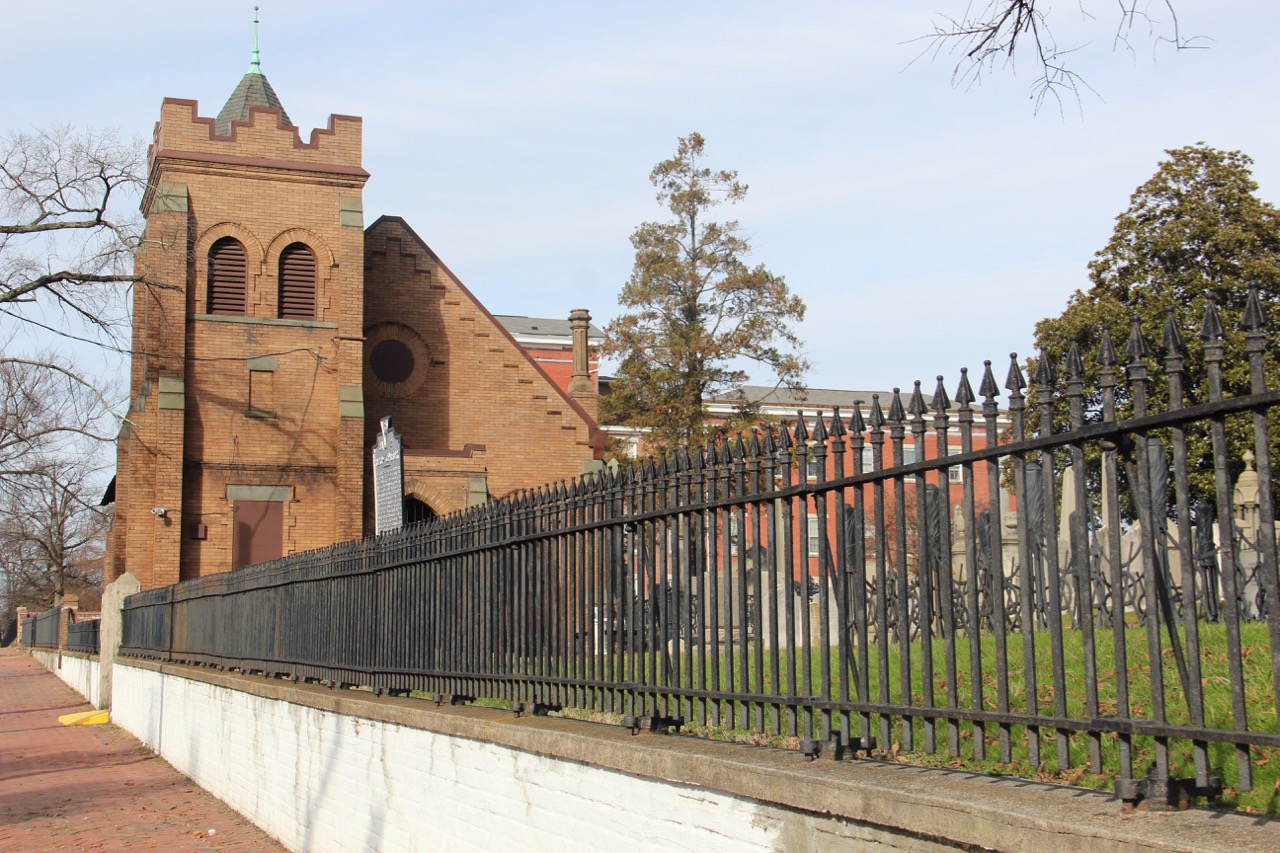
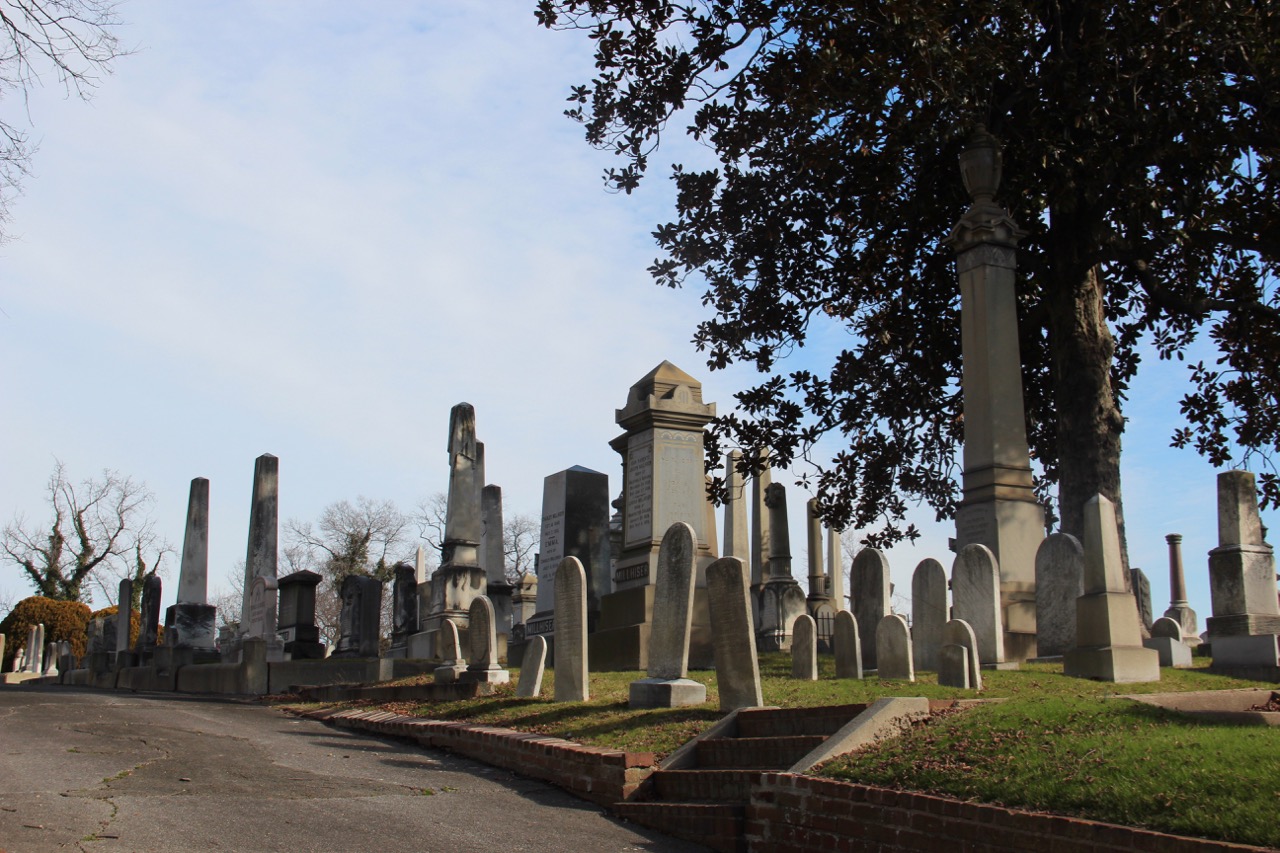



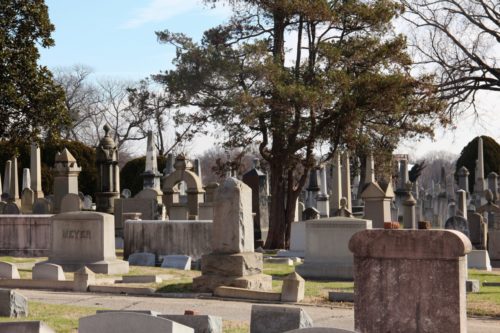
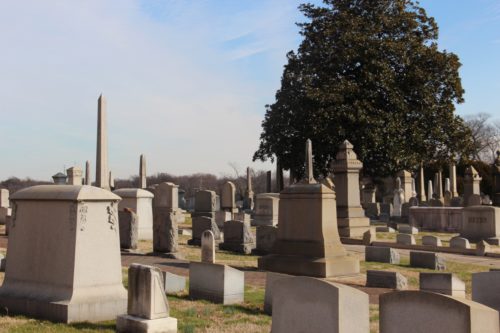
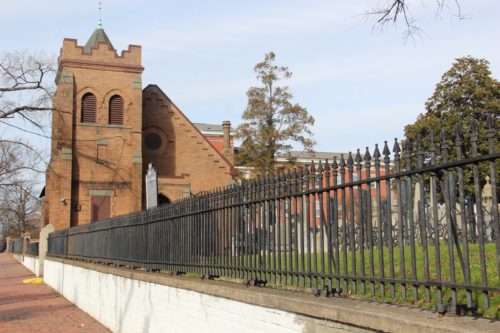
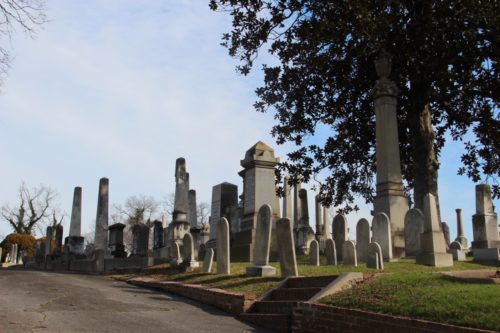

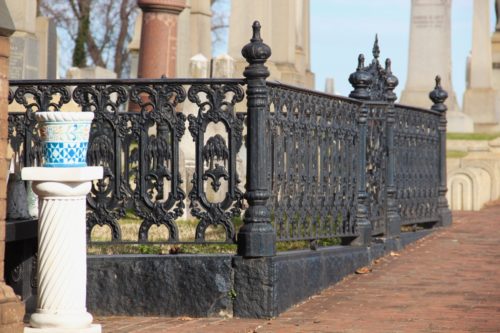

Write a Comment